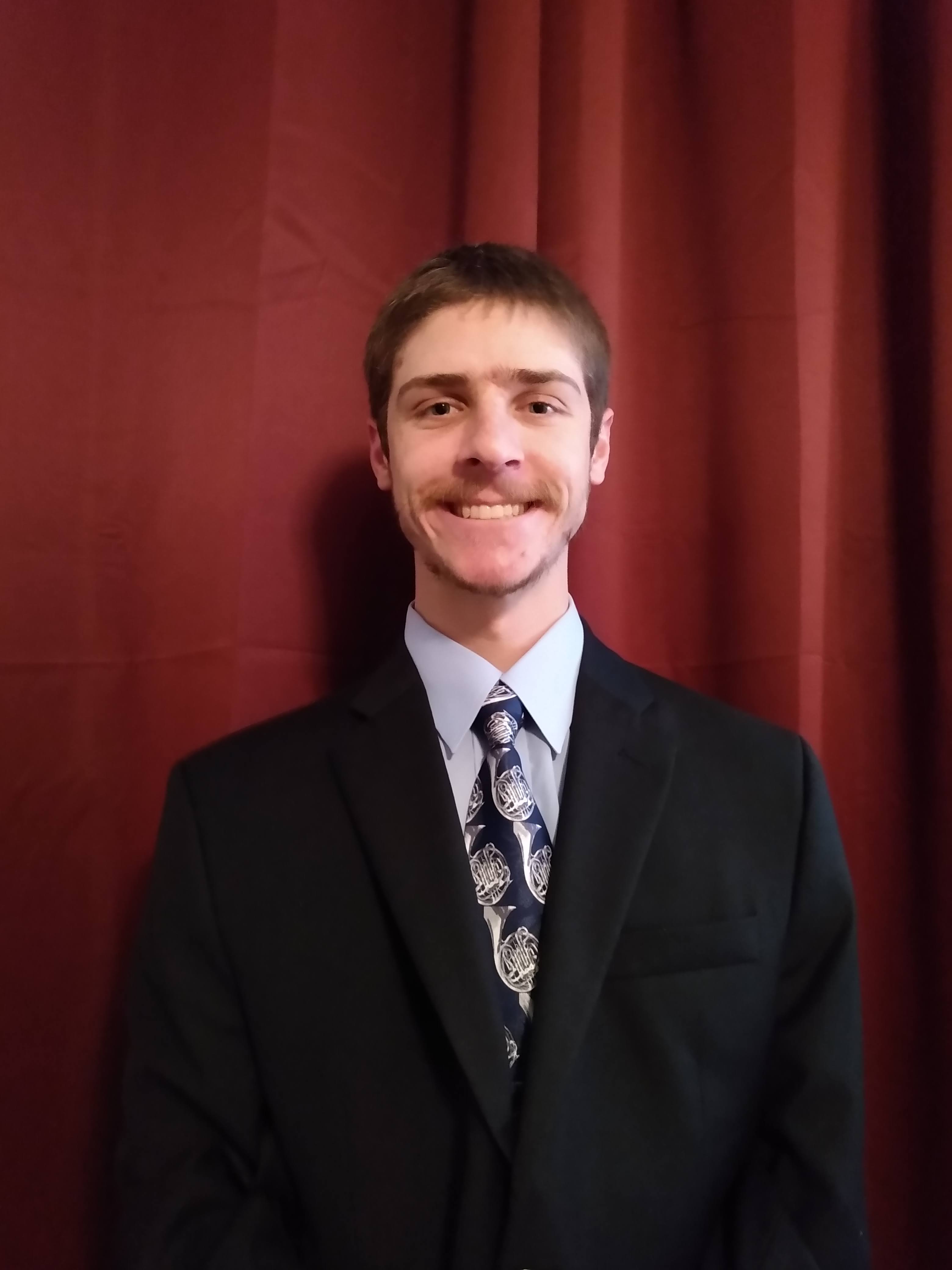Research Symposium
22nd annual Undergraduate Research Symposium
Benjamin Erstling Poster Session 5: 1:30-2:15/Poster #59

BIO
I am from Orlando, Florida and I am currently in the Marching Chiefs. I am interested in underwater archaeology and the discovery of submerged sites. After I graduate, I hope to either go to graduate school or find work in archaeology.
Can Sonar be Used to Find Submerged Ceramics? An Experimental Test of the HALD Method
Authors: Benjamin Erstling, Therese WestmanStudent Major: Anthropology
Mentor: Therese Westman
Mentor's Department: Department of Anthropology Mentor's College: College of Arts and Sciences Co-Presenters:
Abstract
Since the Last Glacial Maximum ~24,000 years ago, sea-levels have caused the inundation of land across the globe. Due to early people’s movements and settling of the American continents during these times, many pre-Contact archaeological sites are now underwater. Recently, the trend for more cost-effective and faster survey techniques has caused archaeologists to focus on remote sensing methods to identify targets quickly and accurately. The Human-altered Lithic Detection, or HALD, method is one remote sensing technique archaeologists have started to use in order to hasten the identification of sites underwater. This method uses a sub-bottom profiler (SBP) to detect acoustic signatures emitted by knapped lithics. These signatures appear as small, wavy lines, or “haystacks,” above the seafloor. These tests focus on lithics though, because they are arguably one of the most common artifacts found at pre-Contact underwater sites. Another artifact type found at archaeological sites in the Americas is pottery. Pre-Contact pottery was either unfired or fired at low temperatures for long periods of time, so we obtained earthenware to test, along with stoneware (more contact post-European contact) and porcelain. This project analyzes how these various ceramic types react when excited acoustically by a sub-bottom profiler. We did not find any haystacks when scanning the porcelain and stoneware. We did find that earthenware created very defined haystacks, however it is likely due to air bubbles trapped in the earthenware itself. Further testing will be needed to see the affects of air bubbles and ceramics.
Keywords: Archaeology, Ceramics, Underwater Archaeology

